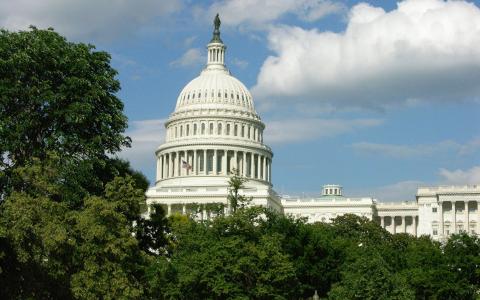
Chief Economist Mark Zandi of Moody’s Analytics recently suggested that the current economic environment, including rising mortgage rates, might be signaling investor expectations of a second Trump presidency. As the 30-year mortgage rate hit 7% on Monday, Zandi argued that this increase reflects market predictions that a Trump administration could lead to heightened inflation and increased government borrowing.
This outlook could prompt the Federal Reserve to sustain higher interest rates for an extended period, aligning with its mandate to manage inflation close to a 2% target. Historically, Zandi’s economic forecasts have resonated with Democratic policy circles, including recent consultations with Kamala Harris on her housing-policy proposals aimed at addressing housing affordability.
Despite a recent decline in mortgage rates ahead of the Fed's September rate cut, the 30-year rate quickly rebounded, averaging 7.08% by late October according to Mortgage News Daily. Zandi attributes these rising rates to a stronger-than-expected U.S. economy and investor speculation about the Fed’s future actions. The market’s reaction, he notes, is also influenced by a potential Trump presidency, which could bring policies associated with inflationary pressure.
Highlighting investor concerns, Zandi pointed to rising expectations in betting markets around Trump’s reelection, noting that policies like tariffs, tax cuts, and a focus on deportations could drive inflation and expand government borrowing. In his analysis, the recent spike in mortgage rates signals how markets are pricing in the impact of a potential Trump win on the economic outlook.
A different perspective comes from Ed Pinto of the American Enterprise Institute, who argues that the Fed’s aggressive rate cuts were based on an overly cautious view of economic data. The Fed's 50 basis-point rate cut in September, larger than anticipated, was premised on slowing economic growth. Pinto suggests that the economy’s resilience, along with indicators like consumer confidence, could mean the Fed was overly reactive.
Pinto also refutes the notion that a Trump presidency would expand the federal deficit, arguing that both Trump and Harris have proposed deficit-reduction strategies. However, he points out that significant reductions in mortgage rates require credible plans to reduce the national deficit.
As the 30-year mortgage rate generally follows the 10-year Treasury yield, which has been trending upwards, homebuyers face challenging conditions. With higher rates reducing affordability, homebuyers’ purchasing power has eroded. Redfin’s analysis shows that a buyer could afford a $442,500 home with a 7% mortgage rate, compared to a $475,750 home when rates were closer to 6.11%.
The increase in housing costs has become a significant voter issue. High mortgage rates have sidelined many buyers, leading to a 14-year low in sales of previously owned homes. Lawrence Yun, Chief Economist at the National Association of Realtors, noted that while buyers have more options and stable job growth, many are hesitant to make major purchases ahead of the election, adding uncertainty to the housing market.



